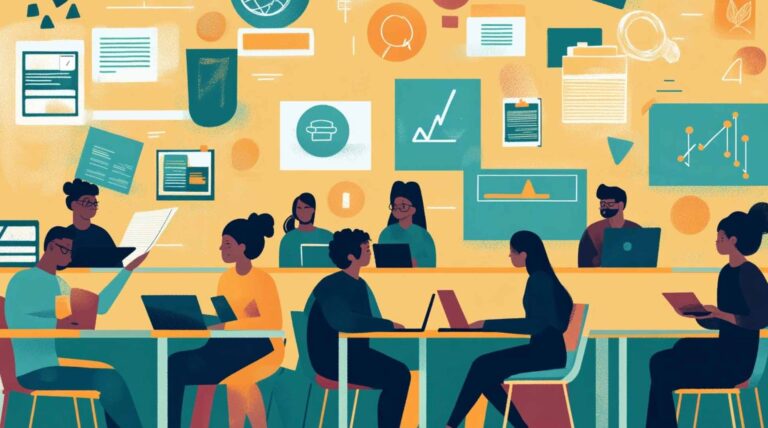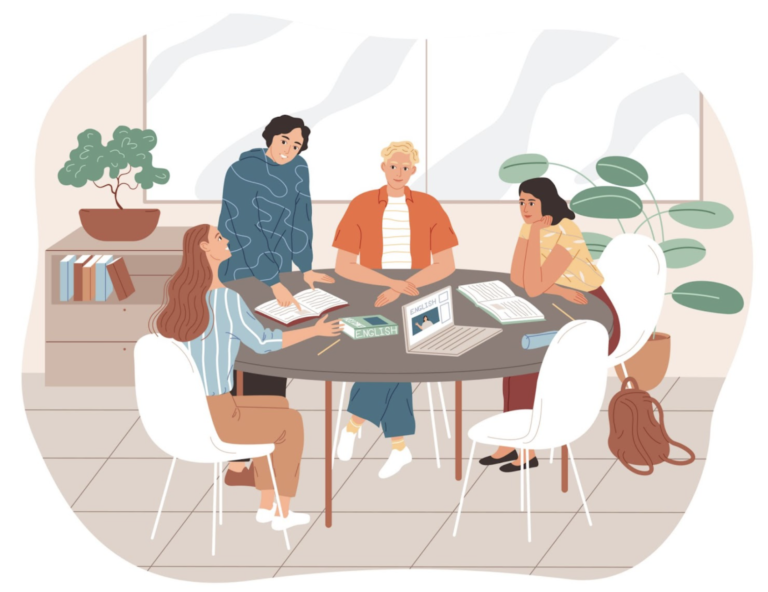
Students and learning in the “open”
This spring, UAF’s student government passed a resolution “To endorse open educational resources and to encourage faculty to use open educational resources in their classes.” The resolution emphasizes that Open Educational Resources (OER) are free, whereas many students spend hundreds of dollars on books every semester. Incorporating OER into your course supports students by being affordable, but that’s just the beginning.
Last fall, ASUAF president Molly O’Scannell was contacted about a nationwide movement to encourage the uptake of OER in universities. O’Scannell signed a letter to Congress and initiated the discussion at UAF that led to this spring’s resolution. While the affordability of OER was a major concern for O’Scannell and the students she represents, she notes that when instructors choose OER over costly textbooks, students often “get more of a sense of the instructor and their perspective on the course’s topics” because of the materials chosen. “It may put more work on faculty [to seek out OER],” O’Scannell says, “but we get more than all the standard reading and tests available in a regular textbook.”

OER are “open” in that they are freely available, but also in that they are meant to be fluid, questioned, reused and reconsidered. This idea is echoed in conversations around Open Pedagogy, which according to scholar Jesse Stommel “pushes […] on the very notion of static “resources” in favor of tools that emphasize student contribution and dialogue.” Open is unfinished, space left for learning by doing. Choosing OER is a way of customizing your course to reflect your values, your pedagogy, and the students who are invited to contribute.
This spring, Dr. Maureen Biermann (UAF, Sociology) tried something new in her online SOC-280: Gender and Climate Change course. In part, because the intersection of gender and climate change has not been thoroughly studied, theorized, and published on in educational materials, Dr. Biermann turned this task over to her students. As a class, the students compiled an annotated bibliography that included the most relevant resources they could find on the topic, with plans to share the bibliography as an OER. Because they knew that the bibliography was slated to become a public resource, Dr. Biermann says that students were “forced […] to think beyond the confines of class and to start thinking in terms of real-world application and how the information would be “seen” and understood by people who hadn’t just spent 3/4 of a semester learning about the topic.
The first public audience for the class’s OER bibliography were community partners, who joined the class for a ½-day workshop in April. The community partners, representing HRRRL Scouts (check out this video prepared for the SOC-280 course) and Fairbanks Climate Action Coalition, shared their knowledge and experiences with students and listened to the stories shared in return. When one student commented that they wished more community members had joined, it was suggested that each of the students represented the community. Dr. Biermann observed this moment as “a real shift in how the students viewed both the class and themselves — again, not as something finite and academic that took place at UAF, but as something that was part of a larger community and larger world.”
Turning your course open with Open Education resources, practices, and pedagogy can have profound impacts on how students relate to the materials, to you, to their learning, and their positioning relative to that learning. Ready to get started? Check out Jen Moss’s Teaching Tip on “Finding and Creating Open Educational Resources,” or contact us.
Sources
ASUAF resolution
Biermann, Maureen. Personal Interview. 9 May 2018.
O’Scannell, Molly. Personal Interview. 2 May 2018.
Stommel, Jesse (2018). “Textbooks, OER, and the Need for Open Pedagogy.” https://www.jessestommel.com/textbooks-oer-and-the-need-for-open-pedagogy/

Kendell Newman Sadiik
Associate Director of Transformative Teaching
Instructional Designer
LION Liaison




Great article, Kendell! Your description of “Open” as being “…unfinished, space left for learning by doing” is brilliant. It shifts the thinking from Open meaning just freely available, to allowing all participants the opportunity and space to contribute to a broader learning community.
Marta
I agree with Marta! This is a great distinction to make and a really important shift in concept.